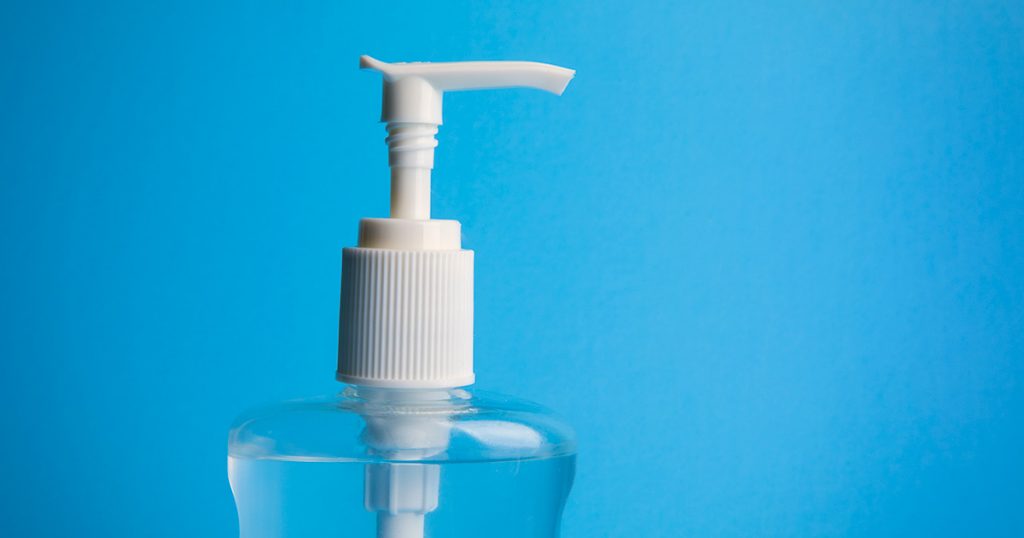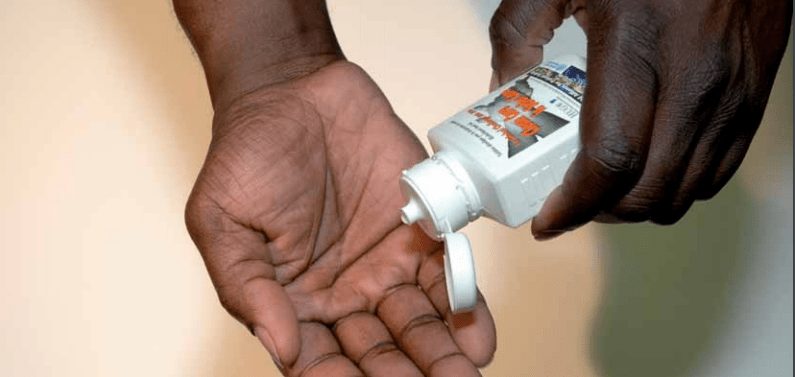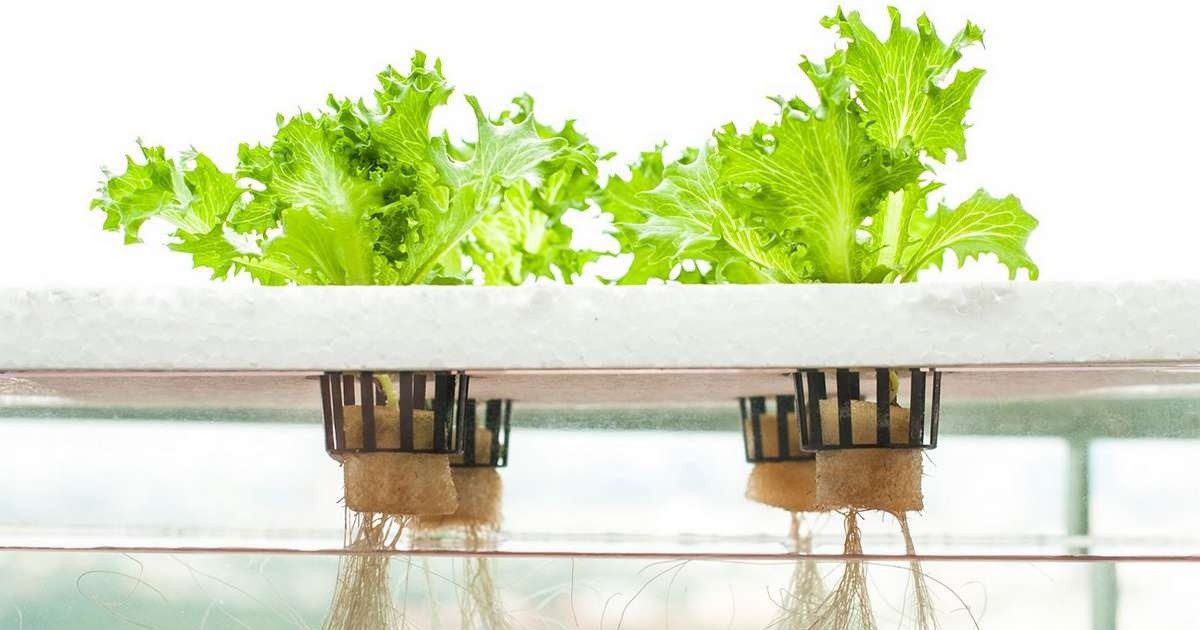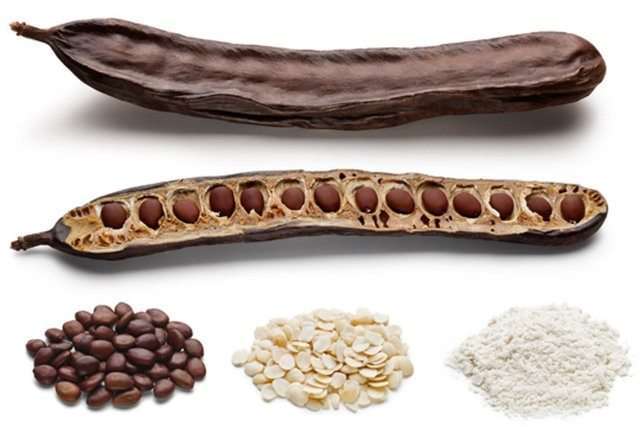 With concerns about the recent COVID-19 (coronavirus) scare, many people are running to the local store to stock up on hand sanitisers and this has caused the cost of the sanitisers to skyrocket. Many local stores have run out of them. Don’t worry if you can not find hand sanitisers at your local stores, it is easy to make them at home.
With concerns about the recent COVID-19 (coronavirus) scare, many people are running to the local store to stock up on hand sanitisers and this has caused the cost of the sanitisers to skyrocket. Many local stores have run out of them. Don’t worry if you can not find hand sanitisers at your local stores, it is easy to make them at home.
With just three ingredients, you can prepare hand rub formulations that meet WHO Guidelines.
Hand sanitisers must contain at least 60% alcohol to be effective. When soap and water aren’t available, hand sanitiser can help protect against disease-causing microbes like the novel coronavirus.
Sales of hand sanitiser are peaking around 73% higher than they were at this time last year. Prices of hand sanitiser on Amazon have also soared, with one seller recently offering a 24-pack of Purell travel-size bottles for $400, Newsweek reported.
In a pinch, could homemade hand sanitiser do the job? Possibly, but you have to use the right recipe, experts say.
Let’s first see the basic components of an alcohol-based hand sanitiser.
- Alcohol
- Humectant/Emollient
- Disinfectant
ALCOHOL: The major component of alcohol based formulation is, of course, alcohol. For this, the most commonly used is either 96% Ethanol or 99.8% Isopropyl alcohol. Of these, the easily available one is Isopropyl alcohol, otherwise known as Rubbing Alcohol. Please don’t use other types of alcohol (Methanol, Butanol, or others) since they are toxic.
EMOLLIENTS are moisturizers that will help to prevent the drying of the skin. For WHO formulation, WHO recommends one that is miscible in water and alcohol, is non-toxic, or a hypoallergenic. A popular humectant that meets all these requirements is 98% Glycerol. You can also use other humectants such as Aloe Vera Gel.
DISINFECTANT: An effective disinfectant is added to this formulation to eliminate contaminating spores. An efficient choice is Hydrogen Peroxide. Its also a mild antiseptic as well as an oxidiser. Please keep in mind that the concentration of Hydrogen Peroxide should not exceed the recommended amount.
First off, it’s important to note that hand sanitiser isn’t the first strategy to prevent infection. Frequent and thorough hand washing with soap (for at least 20 seconds) is hands down the best method for reducing hand germs and curbing disease transmission, according to the Centers for Disease Control and Prevention (CDC). When soap and water aren’t available, though, hand sanitisers can be used as an alternative, the CDC says.
Sanitisers work best on clean hands and may be less effective when hands are greasy or visibly dirty, according to the CDC.
A good homemade sanitiser is made with 0.67 cups (161 milliliter) of isopropyl alcohol and 0.33 cups (79 ml) of emollient.
In other words: If your solution is two-thirds 91% isopropyl alcohol and one-third emollient, the alcohol content of the mixture will be 60.6% (91 times 2/3). For a higher alcohol content, you could make a solution that’s three-fourths 91% alcohol and one-fourth emollient, producing a mixture with alcohol content of 68% (91 times 3/4). A handmade hand sanitiser recipe from the World Health Organization (WHO) — describes a solution with much higher alcohol content.
A handmade hand sanitiser recipe from the World Health Organization (WHO) — describes a solution with much higher alcohol content.
To make 1 L (1000 ml) Isopropyl alcohol-based hand sanitiser, you will need:
- 99.8% Isopropyl Alcohol – 751.5 ml (approximately 3 US Cups and 3.5 US Table Spoons)
- 3% Hydrogen Peroxide – 41.7 ml (approximately 2 US Table Spoons and 2.5 US Tea Spoons)
- 98% Glycerol – 14.5 ml (approximately 1 Table Spoon, 1 tbsp = 14.7868 ml)
- 192.3 ml Distilled Water or Cooled Boiled Water (approximately 3/4 of a US cup+ 1 US Table Spoon)
Steps:
- Mix all ingredients in a bowl thoroughly using a spoon or pour all ingredients into a glass or plastic bottle and mix by gently shaking the bottle.
- Close the bottle.
- Keep the bottles closed for 72 hours before use. This allows time for Hydrogen Peroxide to destroy any spores present in the alcohol or the bottles used.
If you are making large quantities at one go, store in smaller containers of around 100 ml, so that the alcohol does not evaporate much with each time you use.
Some things to keep in mind:
- Do keep in mind that glycerol is very viscous. While measuring glycerol, the measuring cup should be rinsed with distilled or boiled and cooled water to be added and then emptied into the bottle.
- Instead of glycerol, you can use aloe vera gel. Other humectants or emollients may be used for skin care, provided that they are mixable in water and alcohol, non-toxic, and hypoallergenic.
- Since alcohols are highly flammable, store the ingredients and final formulation away from heat sources. Keep in mind that the flash points of isopropyl alcohol 75% (v/v) are 17.5°C and 19°C, respectively.
- You may add essential oils that are you are not allergic to.






















































Discussion about this post